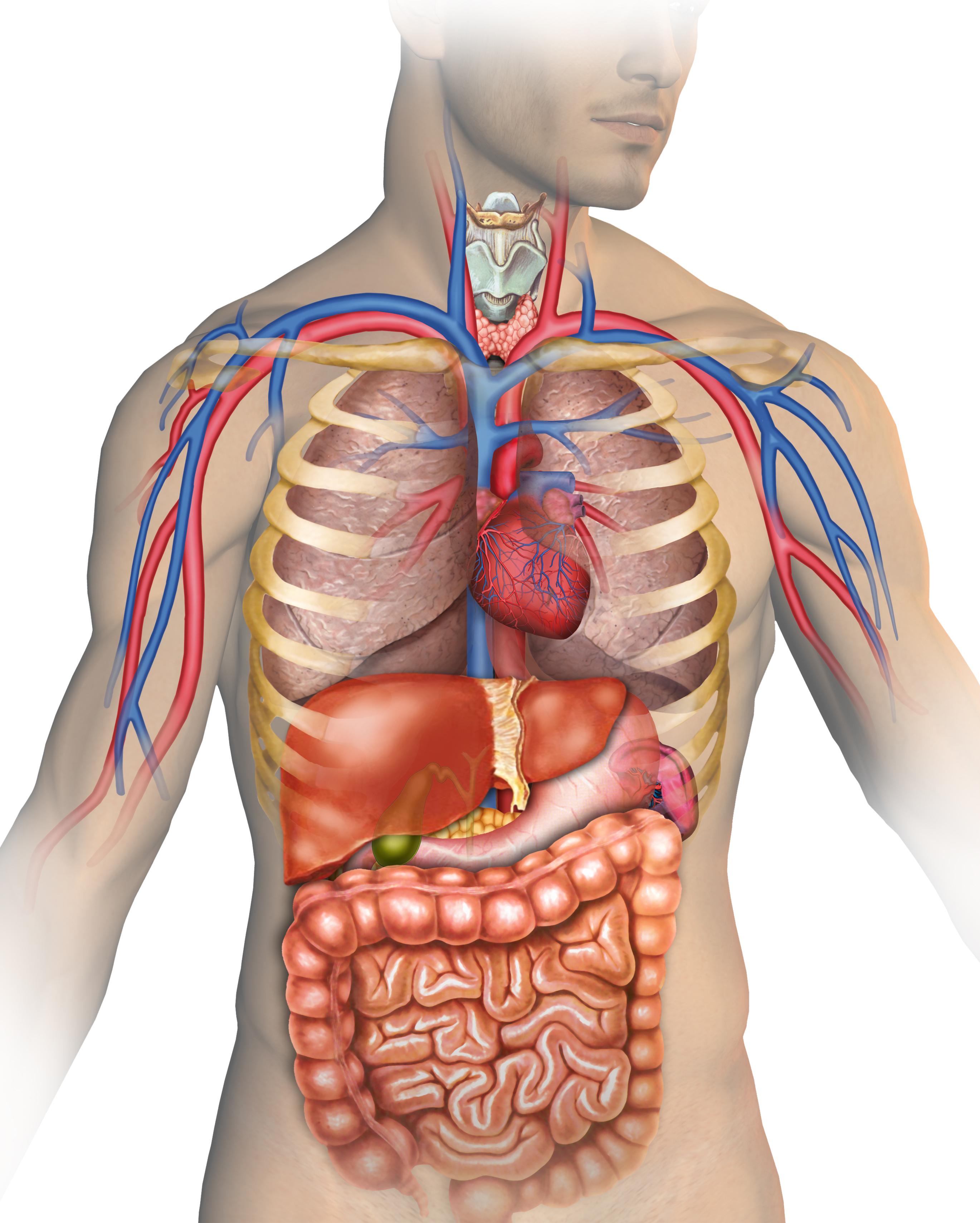The process where organisms best fit for the environment are more likely to survive and reproduce
natural selection
Portion of DNA that determines traits
Gene
The oldest layer of rock is found at the....
bottom
Structural changes to genes
Mutations
 The study of the structures of organisms and their parts.
The study of the structures of organisms and their parts.
Anatomy
 A genetic characteristic that allows an organism to survive and reproduce
A genetic characteristic that allows an organism to survive and reproduce
Adaptation
Many genes structured together
DNA or chromosome
Remains, impressions or traces of an organism that lived in the past
fossils
:max_bytes(150000):strip_icc()/GettyImages-1167533800-4661243613304c548ed0275a4943fb30.jpg) Genetic mutations cause ___________ in the traits of organisms, which can be beneficial, harmful or neutral
Genetic mutations cause ___________ in the traits of organisms, which can be beneficial, harmful or neutral
variations
Similarities in the early developmental stages of different species indicate...
common ancestry
What did Darwin study on the Galapagos Islands?
Finches
Making proteins from RNA (changing the language)
Translation
Scientific law that states fossils located in deeper sediment layers are older than ones in layers closer to the surface
Law of Superposition
Type of mutation that shifts the bases to the left
Changes that occur slowly over time.
Change in the gene pool of a species or population
Evolution
 Name the 3 ways Natural Selection can occur
Name the 3 ways Natural Selection can occur
Genetic variation, Competition and Overproduction
 A process that makes copies of DNA
A process that makes copies of DNA
Replication
 The measurement to describe the timing and relationship of the events that have occurred throughout Earth's history
The measurement to describe the timing and relationship of the events that have occurred throughout Earth's history
Geologic Time Scale
Type of mutation that causes an extra base within the protein sequence.
Insertion
 Similar anatomical features in different species, even if they have different functions are called...
Similar anatomical features in different species, even if they have different functions are called...
homologous structures
Double Jeopardy: Name the 2 ways that variations can happen
Genetic mutation and recombination of genes during reproduction (gene flow)
 When cells make a copy of RNA from DNA (DNA is rewritten)
When cells make a copy of RNA from DNA (DNA is rewritten)
Transcription
Fossil used to define and identify specific geologic periods
Index Fossil
Name the types of mutations
Substitution (replacement), insertion and deletion
Double Jeopardy: Name the 3 homologies
Developmental, Molecular and Structural